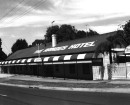Back to search results
BENDIGO LAW COURTS
71-85 PALL MALL BENDIGO, GREATER BENDIGO CITY
BENDIGO LAW COURTS
71-85 PALL MALL BENDIGO, GREATER BENDIGO CITY
All information on this page is maintained by Heritage Victoria.
Click below for their website and contact details.
Victorian Heritage Register
-
Add to tour
You must log in to do that.
-
Share
-
Shortlist place
You must log in to do that.
- Download report

LAW COURTS SOHE 2008







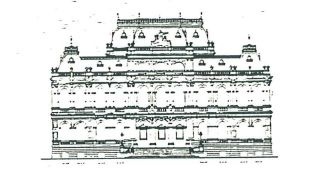
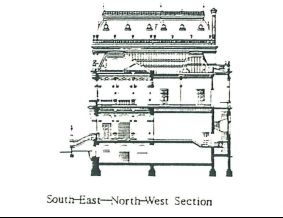

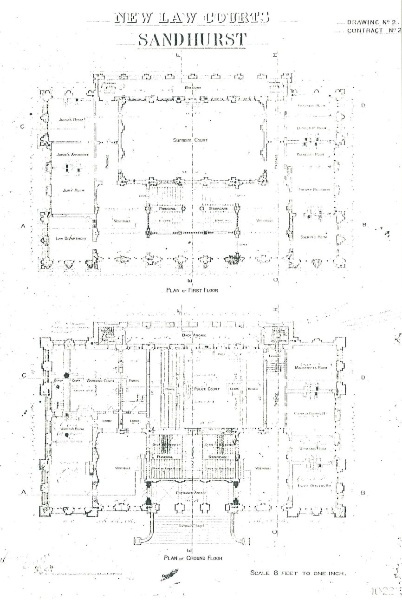
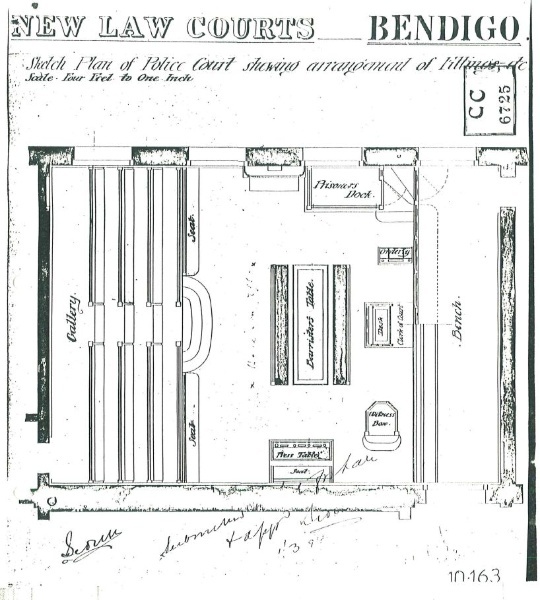
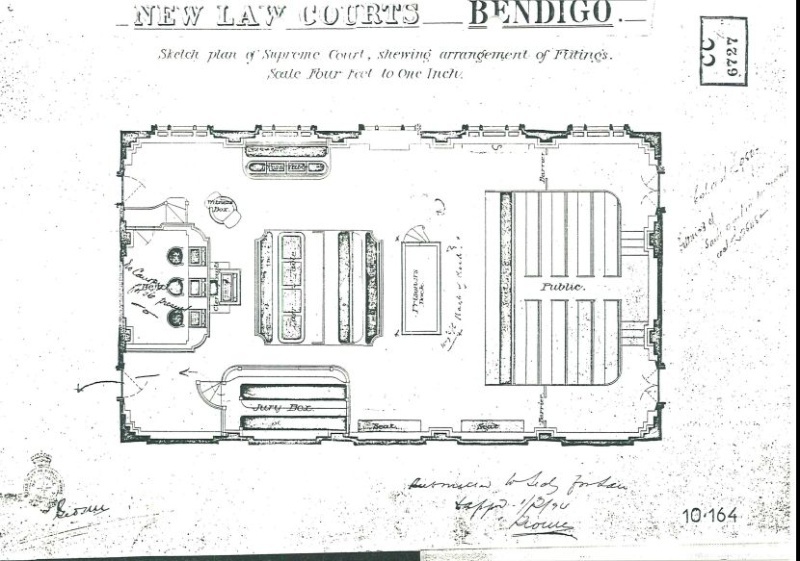

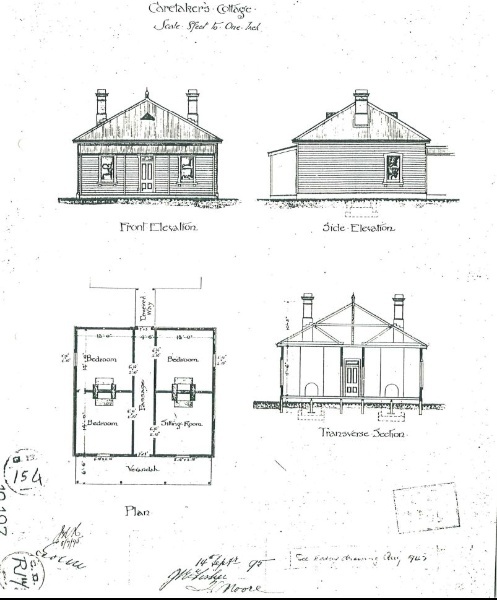
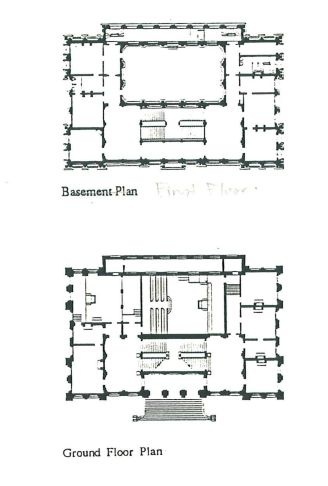
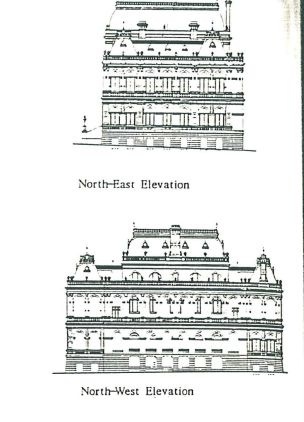





















On this page:
Statement of Significance
The Bendigo Law Courts is located on Djandak, the land of the Dja Dja Wurrung people.
What is significant?
The Bendigo Law Courts building was designed by the Victorian Public Works architect George W. Watson in the Victorian Second Empire style and built in 1892-96 by contractors McCulloch and McAlpine. The exterior of this extravagant stuccoed masonry building features a bluestone base, mansard roofs, dormer windows, and facades with arcuated systems of openings, superimposed piers and Corinthian pilasters. The internal arrangement of the courts provides separate circulation patterns for the jury, judge, witnesses, barristers, prisoners, sheriff and other court officials. The building is a dominant feature of Bendigo's historic precinct of public buildings designed in similar style, among which is the Bendigo Post Office (VHR H1080) which Watson designed ten years before the Law Courts. The Bendigo Law Courts also has a large collection of late nineteenth-century court room furnishings that demonstrate the building’s use.
How is it significant?
The Bendigo Law Courts is of historical and architectural significance to the State of Victoria. It satisfies the following criterion for inclusion in the Victorian Heritage Register:
Criterion A
Importance to the course, or pattern, of Victoria’s cultural history.
Criterion D
Importance in demonstrating the principal characteristics of a class of cultural places and objects.
Criterion A
Importance to the course, or pattern, of Victoria’s cultural history.
Criterion D
Importance in demonstrating the principal characteristics of a class of cultural places and objects.
Why is it significant?
The Bendigo Law Courts is of historical significance as a reflection of Victoria’s economic growth during the second half of the nineteenth century. Bendigo Law Courts is historically important for the physical exuberance of the Government-funded building, including the external presentation to all elevations, interior details, and furniture and fittings, which illustrates the important contribution of Bendigo’s gold mining wealth to the state. The building is also historically important for its extensive collection of nineteenth and early twentieth-century furniture and fittings, much of which has been identified as part of the original building and enable its use to be readily understood.
(Criterion A)
The Bendigo Law Courts is of architectural significance as a notable example of the French Second Empire style of architecture as applied to a large regional court complex. The Law Courts Building is unusual for having been designed to be appreciated in-the-round, with equal decorative treatment given to each elevation. It is also a fine example of the class of regional court complex for its internal spatial arrangement, which establishes a functional separation of court participants. The internal arrangement demonstrates the operation of a multi-jurisdictional complex of the late-nineteenth century.
(Criterion D)
Show more
Show less
-
-
BENDIGO LAW COURTS - History
April 1841
First Supreme Court sat in Port Phillip District
Dec 1851
Gold discovered in Bendigo
Dec 1852
A Court of Petty Sessions (also known as the Police Court or the Magistrates’ Court) was established at the Bendigo Goldfields at a site on the junction of the Bendigo Creek and Golden Gully.
1863
The Supreme Court circuit was extended to Bendigo (then Sandhurst) and seven other country towns.
1865
The Warden’s Court was instituted. The Warden was a Justice of the Peace having jurisdiction in mining claims up to a certain value. The Wardens of the Mining Board were elected by holders of mining rights and they administered the by-laws that governed mining operations on Crown Lands.
1870s
Sandhurst City Council considered sites for new public buildings. In May 1879, it was reported that ‘the Minister of Public Works was willing to erect large public buildings. A subcommittee was formed to determine an appropriate site.
June 1882
Passing of the Sandhurst Public Buildings Act (1882) which set aside land on Pall Mall for public buildings.
1882-1887
The Bendigo Post Office was built on Pall Mall and provided accommodation for the Victorian government departments of the sub-treasury, police, Crown Lands, Water Supply, Post and Telegraph and quarters for the Postmaster. Design completed by George W. Watson of the Public Works Department.
1890s
Economic depression hit the rest of the Victoria; Bendigo was spared of the worst of it by the gold mining revival.
1891
By popular demand, the city’s name changed from Sandhurst to Bendigo.
1896
The Bendigo Law Courts were completed in the Second Empire Style by Watson. The building contained accommodation for the Supreme Court, the Police Court and the Warden’s Court and was designed to complement the neighbouring Post Office.
At the time of the building’s opening, the Law Courts had no sanitary plumbing or running water. As part of the construction, two ancillary buildings were provided behind the new building for a police lock up and a caretaker’s residence to a design by J.R. Fisher for £887.
1911
Six vent flues were installed in the ceiling of the Supreme Court to vent the chamber through the ceiling.
1920s
Toilets and other plumbing facilities were installed progressively from the 1920s. These are chiefly located in the northern corner and within the rear arcade.
1930s
Pedestal lamps around the perimeter fence were removed by the 1930s, to be replaced with different lamp fittings in the 1950s.
1939
1890s watch house was replaced with a two-storey brick building for police offices.
1950s
Removal of the central statuary group and flanking urns from the upper parapet due to the deterioration of the pressed cement of the statues. At some point during this decade, the caretaker’s cottage ceased to be occupied.
1970s
Construction of the Justice Centre required the demolition of the 1890s caretaker’s cottage. It was replaced with the present-day building, which features a splayed south-east elevation to allow views of the rear from both William Vahland Place and Rosalind Park.
2023
The Bendigo Law Courts closed, and court operations were relocated to a new building in Hargreaves Street.
Selected bibliography
Bruce Trethowan and Robert Peck and Company, The Bendigo Law Courts Conservation Analysis, 1986.
Diahnn McIntosh & Frances O’Neill, Court Houses in Victoria: a survey, 1991.
Heritage Assets Branch, Bendigo Law Courts, Conservation Plan.
Lovell Chen, Bendigo Law Courts Complex Conservation Management Plan, 2018.
BENDIGO LAW COURTS - Permit Exemptions
General Exemptions:General exemptions apply to all places and objects included in the Victorian Heritage Register (VHR). General exemptions have been designed to allow everyday activities, maintenance and changes to your property, which don’t harm its cultural heritage significance, to proceed without the need to obtain approvals under the Heritage Act 2017.Places of worship: In some circumstances, you can alter a place of worship to accommodate religious practices without a permit, but you must notify the Executive Director of Heritage Victoria before you start the works or activities at least 20 business days before the works or activities are to commence.Subdivision/consolidation: Permit exemptions exist for some subdivisions and consolidations. If the subdivision or consolidation is in accordance with a planning permit granted under Part 4 of the Planning and Environment Act 1987 and the application for the planning permit was referred to the Executive Director of Heritage Victoria as a determining referral authority, a permit is not required.Specific exemptions may also apply to your registered place or object. If applicable, these are listed below. Specific exemptions are tailored to the conservation and management needs of an individual registered place or object and set out works and activities that are exempt from the requirements of a permit. Specific exemptions prevail if they conflict with general exemptions. Find out more about heritage permit exemptions here.Specific Exemptions:Justice Service Centre (limited to the area north-west of the laneway)
1. All internal works to the Justice Service Centre.
2. Demolition of the Justice Service Centre.
3. Upgrades to the external building envelope to comply with OHS, DDA and other operational requirements.
4. Repair, maintenance, removal and upgrades to HVAC, fire, security and other systems.
5. External alterations to the Justice Service Centre including the creation of new openings or sealing up of openings provided that the volume of the building is not increased and existing materials and colour palette are utilised.
6. Installation of new signage and repair and maintenance of existing signage to meet requirements.
7. Installation of solar panels to the roof of the Justice Service Centre.
8. All hard and soft landscaping works within the forecourt of the Justice Service Centre.
9. Removal, maintenance, repair or replacement of fencing, gates and posts to the carpark of the Justice Services Building where the works are in the same location, retain a similar level of visual permeability and are no higher than the existing.
Law Courts Building
10. Installation of safety/height access railings on the roof, where they are not visible from the street.
11. Installation of physical barriers to the roof areas and rear balconies to enable management of birds, where these are discreetly located and works are fully reversible. New penetrations to go into render in good condition.
12. Repair, maintenance and upgrade of existing CCTV cameras.
13. Installation of new CCTV cameras at the rear of the building.
BENDIGO LAW COURTS - Permit Exemption Policy
The Bendigo Law Courts Complex Conservation Management Plan (2018) prepared by Lovell Chen provides a framework for management of the place which respects its cultural heritage significance. It is recommended that an updated assessment of the historic furniture is completed to help manage the objects integral in a manner which respects their cultural heritage significance.
-
-
-
-
-
ANNE CAUDLE CENTRE, BENDIGO BENEVOLENT ASYLUM AND LYING-IN HOSPITAL
 Victorian Heritage Register H0992
Victorian Heritage Register H0992 -
BENDIGO TOWN HALL
 Victorian Heritage Register H0117
Victorian Heritage Register H0117 -
SPECIMEN COTTAGE
 Victorian Heritage Register H1615
Victorian Heritage Register H1615
-
"1890"
 Yarra City
Yarra City -
'BRAESIDE'
 Boroondara City
Boroondara City -
'ELAINE'
 Boroondara City
Boroondara City
-
-








